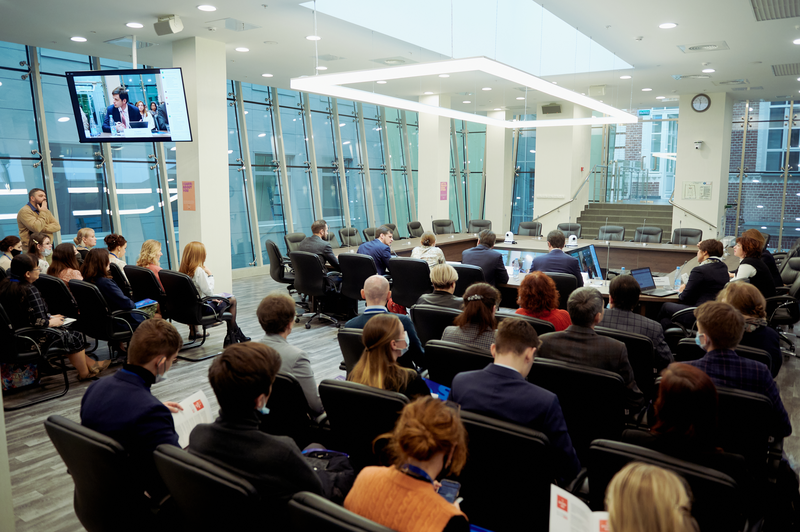MACSPro'2021 will start this Thursday, December 16. Here is some information about lectures to pay attention to.
В пятницу, 17 декабря, с 14 до 16:10 состоятся 4 замечательных доклада (на секции конференции MACSPro 2021, которую проводит наша лаборатория МУСС). Авторы – известные специалисты в своей области.Первого докладчика мы долго приглашали к нам. Это введение в современные задачи статфизики, где умение писать быстродействующие коды чрезвычайно полезны.Второй доклад вообще создан на ФКН – может рассматриваться как учебное пособие работы с текстами.

Four excellent talks will be presented on Friday, Decemer 17, from 14 to 16 (this is a section at MACSPro 2021 conference that is organized by our lab). The authors are leaders in their field.The first is speaker is an expert in the statistical physics. He gives an introduction into open problems.The second talk is created at our department. One can use it as a handbook on the text processing.The third speaker told us last year on how new money (issued for example to support people under COVID) trigger financial bubbles.The fourth talk gives a representation about modern mathematical economics.
14:00 – 14:40 Carlos Mejia-Monasterio Laboratory of Physical Properties School of Agricultural, Food and Biosystems Engineering Technical University of Madrid (keynote) Diffusion and escape from polygonal channels: extreme values and geometric effects
14:40 – 15:10 Muratova Anna, PhD student, junior research fellow, HSE University and Dmitry I. Ignatov, Candidate of Sciences (equiv. PhD), Associate Professor, HSE University, Evaluation of the influence of movie title texts and features on the movie rating prediction,
15:10 – 15:40 Henry Penikas, Ph.D., Project Manager, Bank of Russia, Non-Compliance to Benford Distribution as the Portfolio Default Rate Determinant in Online Retail Lending
15:40 – 16:10 Bykadorov Igor, Sobolev Institute of Mathematics SB RAS (IM SB RAS), Novosibirsk State University (NRU NSU), Novosibirsk State University of Economics and Management (NSUEM), The Open Monopolistic Competition Models: Market Equilibrium and Social Optimality
